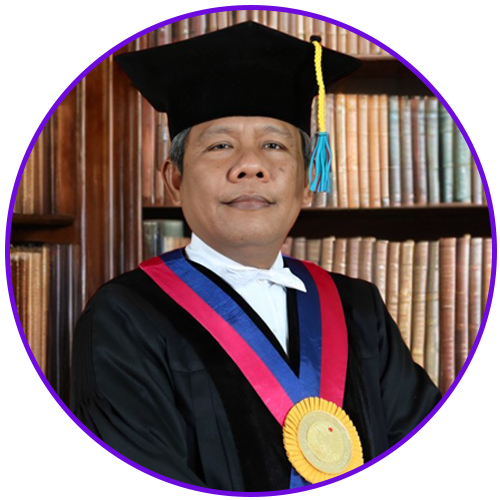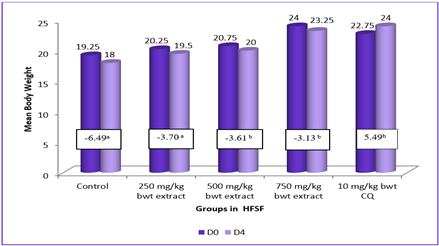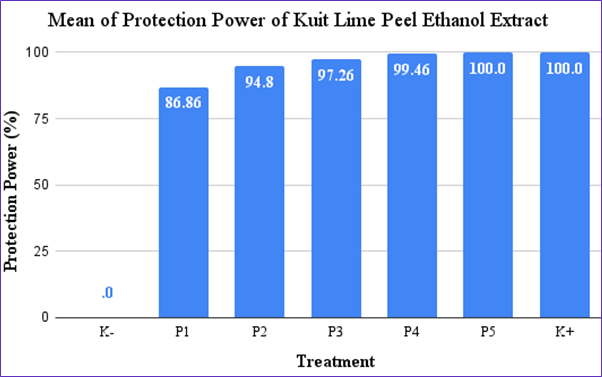Prevalence of Protozoa in Gastrointestinal Tract of Pigeons (Columba livia) Maintenance Ekstensif and Intensif in Surabaya
Downloads
This research was conducted to determine the prevalence of major gastrointestinal protozoal infections, the kinds of protozoa that infects and maintenance systems influence on pigeons in Surabaya. Pigeon taken from five regions of Surabaya namely North Surabaya, East Surabaya, West Surabaya, South Surabaya and Surabaya Center. Each region is taken as many as 20 pigeons consisted of 10 pigeons with extensive maintenance system and 10 pigeons with intensif maintenance system. So that the total overall sample is 100 pigeons. Laboratory examination (microscopic) was conducted in November 2017 until January 2017. Examination of the upper gastrointestinal tract using throat swabs and stool samples were examined with native methods, sedimentation, and flotation. Identification using a microscope using 40x objective scale and 10x oculer scale to determine gastrointestinal protozoal that was found. Data was analyzed using Chi Square Test statistical analysis. Results showed 78% of the positive samples gastrointestinal protozoa infections in pigeons in the city of Surabaya. Results of Chi Square Test statistical analysis showed a p value of 0.030 (p<0.05) which means significantly different. Types of protozoa found that Trichomonas gallinae (49%) and Eimeria sp. (61%). The prevalence of gastrointestinal protozoal pigeons on extensive maintenance sistem was higher (44%) compared to the intensive caresis system(34%).
Adejinmi, J.O. and M. Oke. 2011. Gastrointestinal parasites of Domestic Ducks (Anas platyrhynchos) in Ibadan South western Nigeria. Asian J. Poult Sci. 5 (1): 46– 50.
Bunbury, N., C.G. Jones, A.G. Greenwood, and D.J. Bell. 2007. Trichomonas gallinae in Muaritian Columbids: Implication for an Endangered Endemic. East Africa. Journal of Wildlife Disease. 43(3): 399-407.
Dove, A., O.Z. Rojs, A.V. Rataj, Hibrovsek, V.U. Krapez and M. Dobei. 2004. Health Status of Freeliving Pigeons (Columba livia domestica) in the City of Ljubljana. Acta Vet. Hung 52 (2): 219-226.
Dranzoa, C., M. Ocaido and P. Katete. 1999. The Ecto-gastro-intestinal and Haemo Parasites of live pigeons (Columba livia) in Kampala, Uganda. Avian Pathology. 28: 119-124.
Gá¿£L, A.; ÈŒZdal, N.; DeÄ”er, S. and Denizhan, V. 2009. Prevalence of coccidia and helminth species in domestic pigeons (Columba livia domestica) in Van. Yá¿£zá¿£ncá¿£ yil á¿£niversitesi Veteriner Faká¿£ltesi. Dergisi., 20(2): 45 – 48.
Hamid, A., E.J Saleh dan S. Fathan. 2015. Pola Tingkah Laku Makan Burung Merpati (Columba Livia) Jantan yang Dipelihara secara Intensif. Gorontalo. Universitas Negeri Gorontalo. Hal: 1-12
Natadisastra, D., R. Agus. 2009. Parasitologi Kedokteran. Ditinjau dari Organ Tubung yang Diserang. Penerbit Buku Kedokteran EGC. Jakarta. Hal: 383-395.
Prasetyo, R.H. 2005. Pengantar Praktikum Protozoologi Kedokteran. Airlangga University Press. Surabaya. Edisi 2. 91-93.
Saleem, M.H., M.S. Khan, A.S. Chaundry, and H.A Samad. 2008. Prevalence of Trichpmoniasis in Domestic and Wild Pigeons and Its Effects on Hematological Parameters. Pakistan. Vet.J., 28(2):89-91.
Samour, J. H., T. A. Bailey and J. E. Cooper, 1995. Trichomoniasis in birds of prey (order Folconiforms) in Bahrain. Vet. Rec., 136: 358-362.
Saumier, M.D., M.E. Rau and D.M. Bird. 1991. Behavioural changes in breeding American Kestrels infected with Trichinellapse-udospiralis. Pages 290–313 in Bird-parasite interactions(eds. J.E. Loye and M. Zuk.), pp. 290-313. Oxford University Press. Oxford.
Sucitrayani, P., T.E. Oka, I.B.M. Dwinata. 2014. Prevalensi Infeksi Protozoa Saluran Pencernaan pada Kucing Lokal (Felis catus) di Denpasar. Buletin Veteriner Udayana. 6(2) hal. 153-159.
Suwanti, L.T., N.D.R Lastuti, E. Suprihati, Mufasirin. 2012. Buku Ajar Protozoologi Veteriner. Universitas Airlangga. Surabaya hal: 21-4
Copyright (c) 2019 Journal of Parasite Science

This work is licensed under a Creative Commons Attribution-NonCommercial-ShareAlike 4.0 International License.
- Every manuscript submitted to must observe the policy and terms set by the Journal of Parasite Science
- Publication rights to manuscript content published by the Journal of Parasite Science is owned by the Journal of Parasite Science with the consent and approval of the author(s) concerned
- Authors and other parties are bound to the Creative Commons Attribution-NonCommercial-ShareAlike 4.0 International License for the published articles, legal formal aspect of journal publication accessibility refers to Creative Commons Attribution-NonCommercial-ShareAlike 4.0 International License (CC BY-NC-SA)
- By submitting the manuscript, the author agrees to the requirement that the copyright of the submitted article will be transferred to Journal of Parasite Science as the publisher of the journal. The intended copyright includes the right to publish articles in various forms (including reprints). journal of parasite science retains the publishing rights to published articles.

































